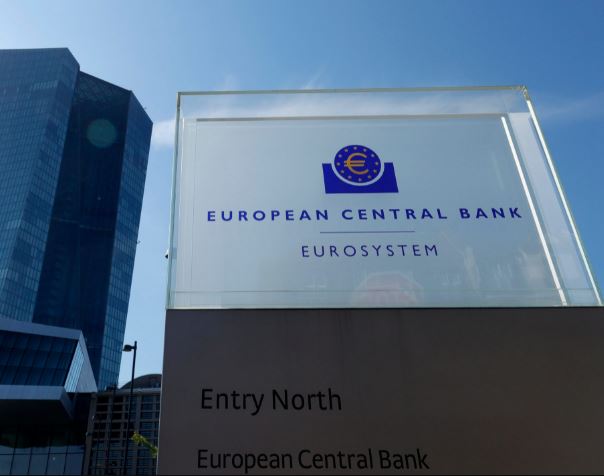Brussels: The European Central Bank has vowed to come up with a new, unspecified market backstop that could be used to buffer some countries against bond market turmoil similar to what shook the 19-country eurozone during a debt crisis more than a decade ago.
The statement came after an unscheduled meeting of the bank’s governing council Wednesday.
It aims to address a selloff in Italian and Spanish government debt in the wake of the bank’s decision to start raising interest rates in July for the first time in 11 years.
The European Central Bank’s rate-setting council will hold an unscheduled meeting on Wednesday “to discuss market conditions,” with borrowing costs for several countries having increased after the bank said it would raise interest rates — bringing back bad memories of the European debt crisis from over a decade ago.
The bank last week announced the hikes in July and September without specifying how it would protect countries sharing the euro currency if borrowing costs rose excessively — as they did during the 2010-2012 debt crisis. That’s a potential concern for heavily indebted governments, notably Italy.
The spreads for Italian and Spanish debt over safe German government debt — a key fear index for the 19-country eurozone — have risen after the ECB made only unspecific promises to prevent financial “fragmentation,” or interest rates in individual countries that are so high that they don’t reflect the bank’s benchmarks.
The ECB has a bond-market backstop in which it could step in and buy the debt of a troubled country.
That tool helped calm the debt crisis a decade ago after the bank announced it in the wake of then-President Mario Draghi’s promise to do “whatever it takes” to keep the eurozone from breaking up.
But that programme, which never actually had to be used, can come with tough conditions for reform and governments may be reluctant to turn to it.
Holger Schmieding, chief economist at Berenberg bank, said the “situation today is different from the euro crisis a little more than a decade ago” because countries have improved growth prospects and the ECB has the bond-market backstop in its back pocket if needed.
Current conditions “should not present an imminent risk even for fiscally challenged Italy,” he said.
A top ECB official, Isabel Schnabel, tried to calm market concerns on Tuesday, saying the bank “will not tolerate” unjustified market rate increases. But she did not outline how the ECB would do that, stressing the bank’s track record of intervening when needed.
“Our commitment to the euro is our anti-fragmentation tool,” she said in a speech at Paris’ Sorbonne University. “This commitment has no limits. And our track record of stepping in when needed backs up this commitment.”
Interest yields on Italy’s 10-year government bonds have risen from around 1.2 per cent at the start of the year to 4.1 per cent on Wednesday.
The ECB’s pandemic support programmes, including 1.7 trillion euros (USD 1.8 trillion) of bond purchases, helped keep government borrowing costs low across the eurozone. That programme, however, came to an end in March, and markets are now looking at increases in interest rates from record low levels.
The ECB’s surprise meeting comes the same day that the US Federal Reserve is expected to announce its largest interest rate hike since 1994. Europe’s bank has trailed the Fed and other central banks in raising rates to combat decades-high levels of inflation, including the Bank of England, which has hiked rates four times since December and will meet again on Thursday.
But now the ECB has scheduled rate increases for July and September and indicated September’s increase might be a larger-than-usual half-percentage point.
AP

